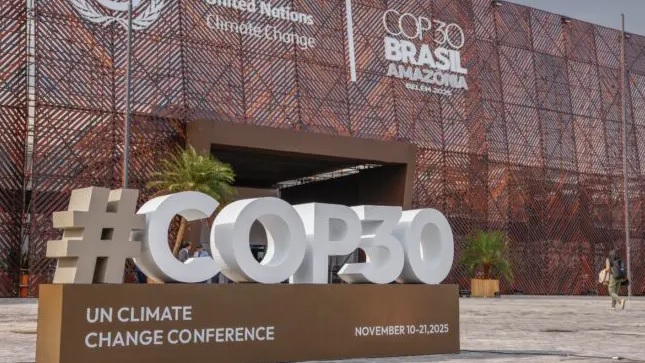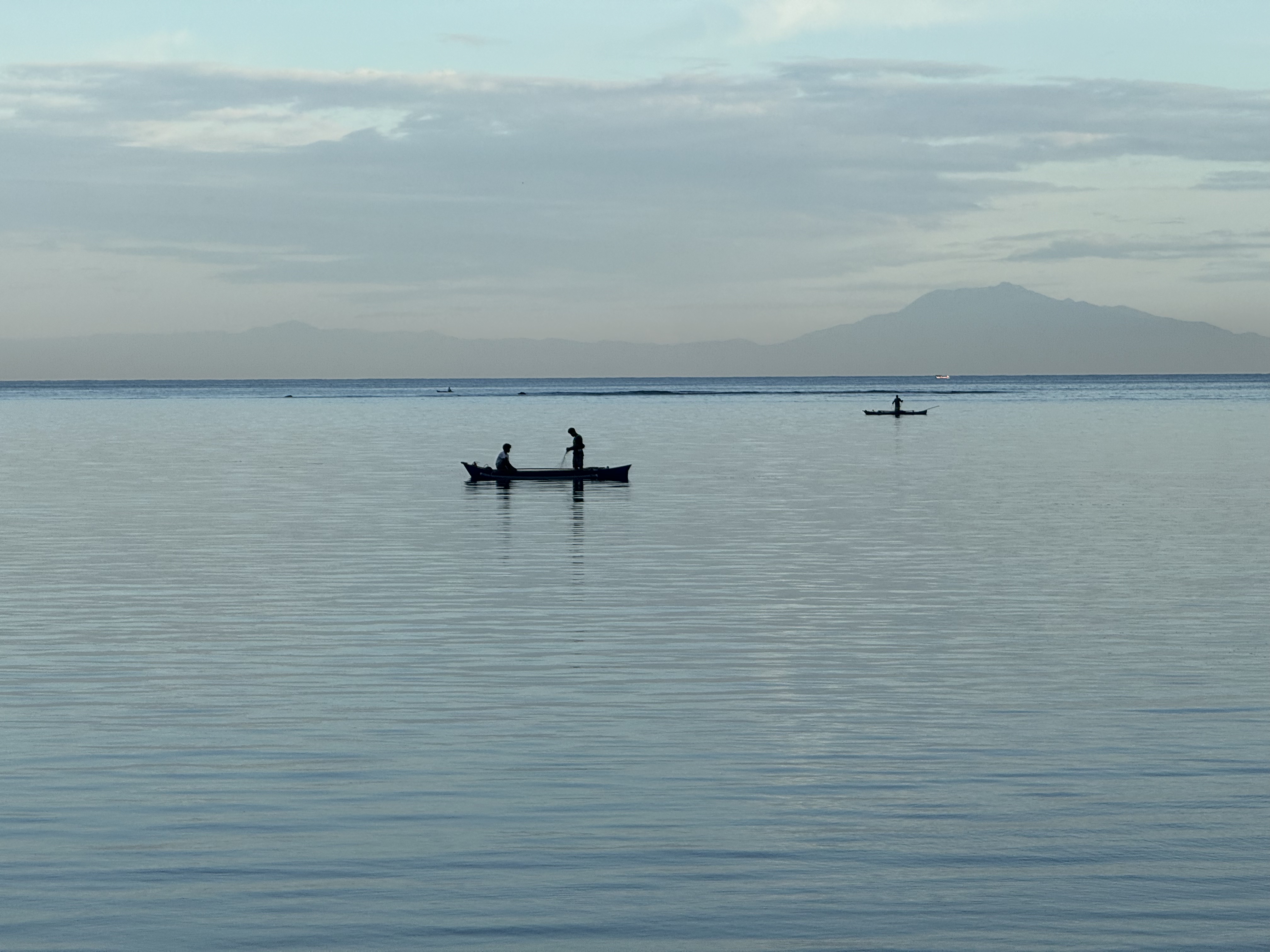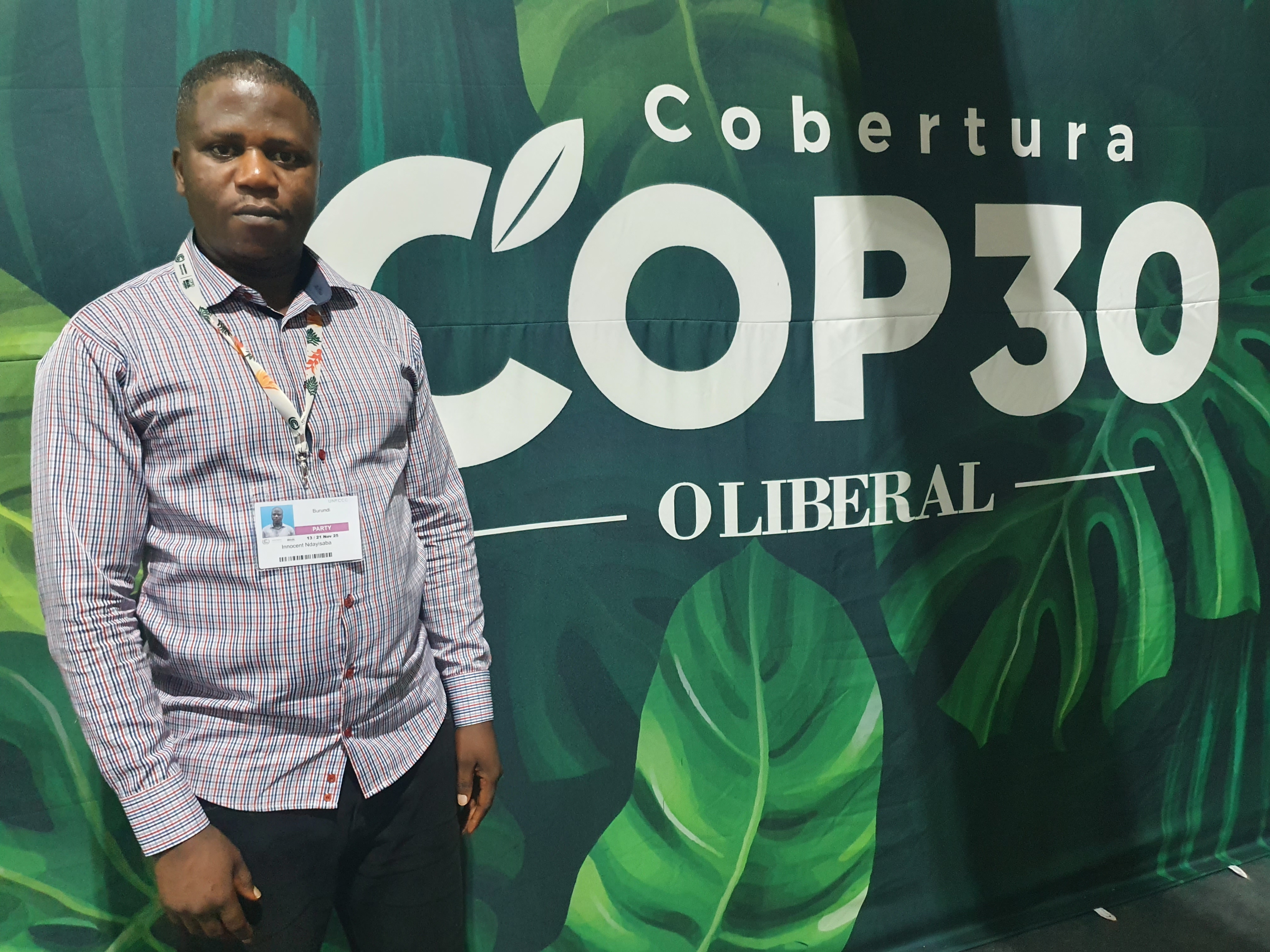Strengthening Multilateralism 33 Years After the UNFCCC and a Decade of the Paris Agreement
In 1992, the world gathered in Rio de Janeiro, Brazil, to establish the United Nations Framework Convention on Climate Change (UNFCCC). Countries recognized that human-induced climate change is the main driver of extreme whether events threatening the life of people across the world. From that common understanding came a shared responsibility: to act collectively. Since then, Parties have been meeting annually in Conferences of the Parties (COPs) to negotiate global climate agenda in driving climate action.
The Convention then affirmed the principle of common but differentiated responsibilities. In Article 3 paragraph 1, the convention recognized that "the developed country Parties should take the lead in combating climate change and the adverse effects thereof". The Paris Agreement which is a legally binding treaty on climate change adopted by 195 Parties at the UN Climate Change Conference (COP21),also recognized these responsibilities of developed countries, and the Article 9.1 states that “Developed country Parties shall provide financial resources to assist developing country Parties with respect to both mitigation and adaptation in continuation of their existing obligations under the Convention“.
COP30 here in Belem marks not only three decades of negotiations but also a decade since the adoption of the Paris Agreement. Across these years, progress has been made on negotiation on different thematics such as mitigation, adaptation, transparency, climate finance, agriculture, gender,transparency,etc. However, one undeniable truth is that the pace of negotiation failed to match with the pace of climate action needed.In 30 years, we could have achieved more than what is achieved.
Many people who don’t engage in the negotiations process ask if this multilateralism still matters and if it is delivering on its promises? Perhaps you have asked yourself the same!
We all agree that COP30 is a reminder that commitments alone do not drive climate action. The implementation does. It urges to remove substantial obstacles for the effective implementation. Among these obstacles,
- Geopolitics continue to weaken trust and cooperation in these recent years.
- Climate finance remains insufficient, with persistent gaps between pledges and delivery,
- Adaptation support is far below needs, leaving vulnerable countries at high risks.
Despite these challenges, multilateralism has been playing a critical role even though it is not enough due to different challenges such as limited access to finance and slow disbursement cycles.
Who will lead the world towards the 1.5°C threshold?
The year 2025 marks a pivotal moment.The next round of climate plans, known as NDC 3.0 represent a critical and last opportunity for countries to increase ambitions to put the world on track to meet with the goal of limiting warming to 1.5°C. Yet current commitments fall far short. The latest analyses show that the world remains on a trajectory toward a dangerous and unstable climate future. Without the highest possible ambition coherent with the 1.5°C pathway, the coming decades would face severe challenges that communities, especially in developing nations may not be able to withstand.
COP30 offers a critical opportunity to demonstrate the solidarity and cooperation that multilateralism depends on. Developing countries continue to demand rightfully for climate justice grounded in historical responsibility, equity, solidarity and human rights. The ambition of major emitter countries have a significant role to influence the achievement of the 1.5 C goal. A just transition away from fossil fuels must be supported by scaled-up finance that enables developing countries to build resilient of the most vulnerable communities. After three decades of negotiations, the task ahead is undeniable- a clear shift from commitments to impactful implementation. Belém must give hope to vulnerable communities and set a new pathway.
Addressing the finance gap: the foundation of a new era of accelerating collective implementation
Here at COP 30, every day we are reminded that what matters most is bridging the gap between realistic commitments and actions. Therefore, COP 30 must turn the tide for implementation.
As climate change impacts continue to worsen, global adaptation finance remains profoundly inadequate despite being a matter of survival for developing nations. Adaptation is at the heart of the discussions in Belém.As countries discuss adoption of the indicators, the question remains: do these indicators align with the provisions and principles of the UNFCCC and the Paris Agreement, are they applicable to support countries track meaningful progress of adaptation action?
The first week ended with differences over whether to adopt the indicators now or refine them further. But what truly matters is the relevance of these indicators to track the finance flow from developed countries to developing countries, to set a pathway on closing the adaptation finance gap.
As UN Climate Change Executive Secretary Simon Stiell said: “Climate finance is the lifeblood of climate action,” he said. “It is what turns plans into progress, and ambition into implementation.”
The 2025 UNEP Adaptation Gap Report shows that developing countries’adaptation needs are now 12–14 times greater than current finance flow; a widening gap that threatens lives, livelihoods, and entire economies of developing countries.
In Belém, addressing that gap is not optional; it is an imperative responsibility.COP30 must therefore deliver a clear pathway for climate finance. Without delay, COP 30 must set a concrete plan on how climate finance would be mobilised,with a strong emphasis on grants, not loans, to scale climate finance for developing countries to at least USD 1.3 trillion annually by 2035 to address the needs of vulnerable nations.
Belem must set a great pathway from planning to addressing loss and damage in developing countries, there is no time to lose in fully operationalizing the fund for responding to Loss and Damage. Encouragingly, we heard good news during the first week of COP30, as the Fund opened its first call for grant application. This allows developing countries to seek between USD 5 millions and USD 20 millions per project to address climate-induced loss and damage. While this is only a starting point, it signals momentum that must be scaled rapidly and feeding the Loss and damage Fund is needed more than before.
What to expect in the week 2 of COP 30
As we enter the second week of COP30, The world is watching to see whether a pathway to shifting to concrete implementation of commitments is possible. For Belém to restore hope in multilateralism, the second week of COP 30 must therefore:
- Prioritize the right to reparation by frontline communities, therefore feeding the Loss and Damage Fund
- Set concrete finance pathways including strengthening adaptation finance.
Belem has an opportunity to rebuild trust in the multilateral system and show that multilateral matters in driving global climate action in safeguarding the livelihood of the present and future generation. Indeed, we must drastically shift from being passive observers of climate change to proactive drivers of impact-driven climate action.Therefore the path forward demands Mutirão.



